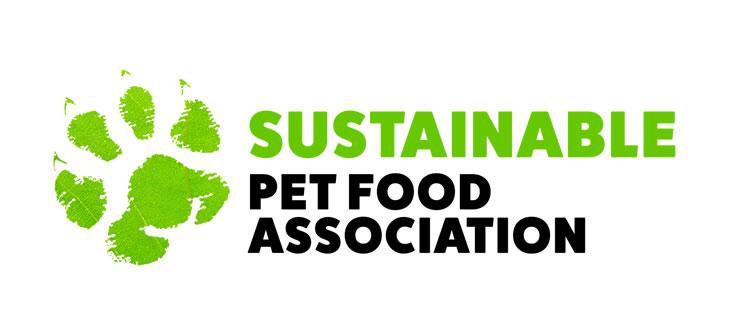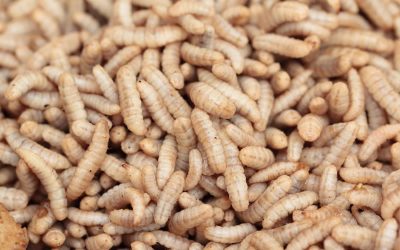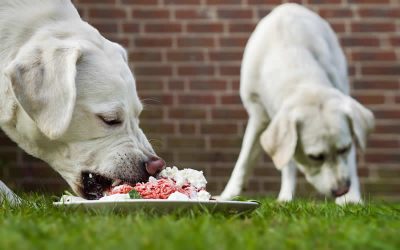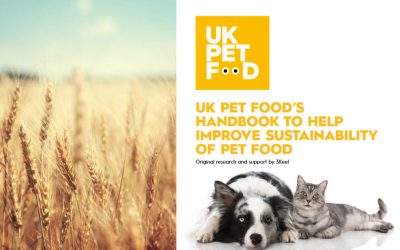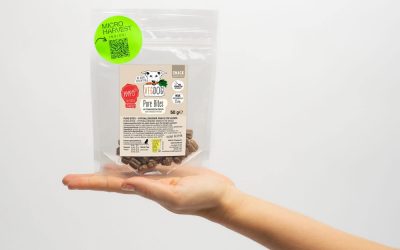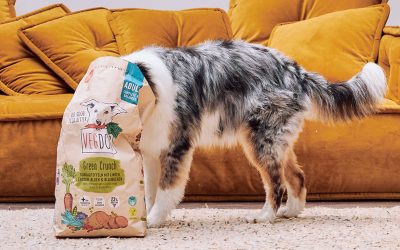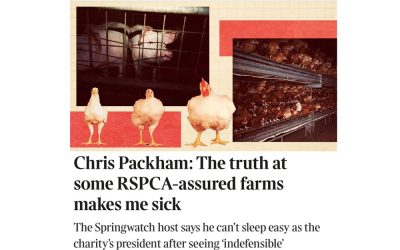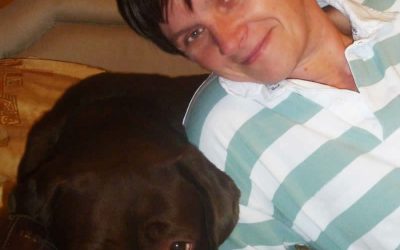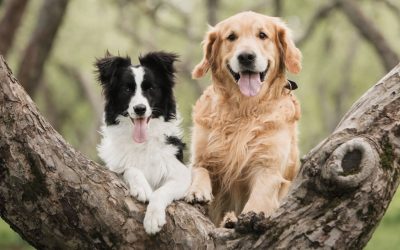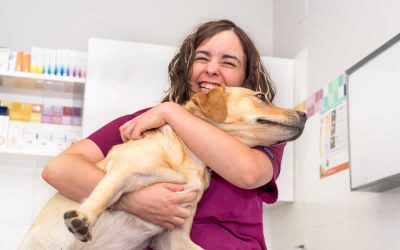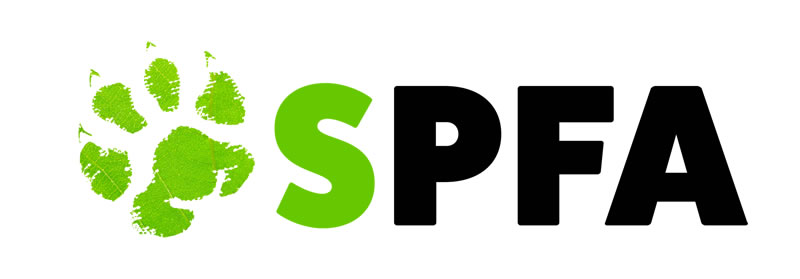As our memories of the last COVID 19 disappear, the potential for another pandemic looms and pets could play a role in transmitting it. Bill Gates said he believes another pandemic is likely within the next 25 years based on a growing body of scientific evidence.
At the same time, researchers suggest that our dogs and cats could be an overlooked source for pathogens crossing from wildlife and livestock to humans. Those species-hopping diseases could become the next pandemic.
Frightening? Yes, and we already had a warning of it with in April 2020 where a published paper showed how raw fed dogs could fuel our next pandemic due to E.Coli antibiotic resistant bacteria. Read the full article here.
Avian influenza is very very worrying and it is growing. It is already spreading among people, livestock and wild animals around the world with little being done to stop it. Epidemiologists worry that avian influenza could mutate and become more virulent.
The best way to ensure that our pet dogs and cats do not fall victim to Avian influenza, is to stop feeding a raw food diet immediately and consider a sustainable and balanced plant-based diet for life.
Read more about risks of dogs and cats spreading Avian Influenza via pet food here.
The article highlights these important facts –
Avian influenza and pets
On July 25 and 31 of 2023, health officials confirmed highly pathogenic avian influenza A(H5N1) infections in two cat shelters in Seoul, South Korea. At one of the cat shelters in South Korea, 38 out of the 40 infected cats died within a month.
The shelter cats had all been kept indoors, so it seemed unlikely that wild birds had spread the pathogen to the cats. Instead, the virus may have spread to the cats through their food. Investigators with South Korea’s Ministry of Agriculture, Food and Rural Affairs (MAFRA) detected influenza A(H5N1) virus in cat food from one of the shelters.
The cat foods were Balanced Duck and Balanced Chicken manufactured by Nature’s Raw at its facility in Gimpo, west of Seoul. The Ministry stated that the company had failed to follow necessary sterilisation steps since May 25 due to an equipment malfunction. The virus may have entered the cat food stream during an outbreak of the virus on South Korean poultry, including duck, farms that lasted until April 2023.
A team of researchers examined this outbreak and published a summary in Nature Communications, along with suggestions for controlling future cross-species disease transmission.
“The influenza A(H5N1) outbreaks in the cat shelters in South Korea, along with an increasing number of reports of influenza A(H5N1) infection in mammals, suggest the need to enhance the effectiveness of infectious disease surveillance and prevention in any settings where a group of potentially susceptible animals are kept in close contact,” they wrote.
“This is particularly important for groups of animals that typically are not covered by regulatory efforts aimed at maintaining or improving animal health and welfare standards. These animal groups could not only provide environments for cross-species viral transmission, promoting zoonotic risk, but could also serve as sentinels for detecting such events, thereby offering opportunities to assess and then mitigate such risk.”
H5N1 avian flu can spread to and kill humans. Between 2003 and 2023, the World Health Organization received 882 reports of human infection with H5N1 bird flu in 23 countries. Of these, 461 cases were fatal. A pandemic infecting both people and pets could be devastating.
Even the rumour that pets could transmit the SARS-CoV-2 coronavirus led people to abandon their dogs and cats in the streets in some regions, as the BBC reported. What if a zoonotic disease erupted that could spread from pets to people and vice versa? The World Health Organization (WHO) prepared for just that scenario with a simulation exercise in 2017, one of an annual series of drills called Exercise Crystal.
WHO doctors used the exercise to test the outbreak responses of 30 countries and area in the Western Pacific region. The simulation supposed that a previously unknown illness began spreading among cats. Meanwhile, cat owners and vets also start reporting flu-like symptoms to their doctors. By the end of the hypothetical outbreak, cat flu had infected hundreds of people in participants’ own countries and spread internationally.
Proactive steps may help pet food companies mitigate the risk of avian influenza becoming the next pandemic that Bill Gates fears.
“We’re very clever and extremely resourceful – and we will find ways of preserving ourselves, of that I’m sure. But whether our lives will be as rich as they are now is another question.”
– Sir David Attenborough
Plant-based vs Insect-based dog food
Insect Protein-Based Diets as Potential Risk of Allergy in Dogs, and Higher Cost
Avian Flu Pandemic Risk from Raw Feeding
The APHA (Animal Plant and Health Agency.gov.uk) sends anyone interested in environmental matters, emails about looming threats. As a vet, this is what I have received recently in my email inbox - In my inbox yesterday 11th November - An Avian Influenza Prevention...
Raw dog and cat food fuelling spread of antibiotic-resistant bacteria
The very real and always present danger of this latest study yet again finding antibiotic-resistant bacteria in raw commercial cat foods!
UK Petfoods MUST Keep Up!
Using animal byproducts in meat and fish-based pet foods is NOT sustainable!
Cats dying after eating Avian-Influenza-contaminated raw pet food!
Does vegan cat food provide the solution?
Fermented Protein Pet Food – the Future?
Is precision fermentation our future way to feed not only our pets, but ourselves too? Yes it most certainly is!
Using microbial protein for the very first time in dog treats!
This first-of-its-kind protein is derived from bacteria that have been consumed by humans for centuries in foods such as kimchi, kefir, and sauerkraut
BVA says it is possible to feed dogs plant-based
The British Veterinary Association (BVA) has ended its opposition to (nutritionally-sound) vegan diets for dogs
The truth about ‘RSPCA Assured’ farms
The footage obtained from these farms, including distressing images of decomposing pigs, dying chicks, and salmon with missing eyes, is simply indefensible
The Great Protein Debate – Beef or Beans?
Dr Sue Paterson, RCVS President and Senior Vice President of the European Society of Veterinary Dermatologists interviews Dr Arielle Griffiths about Sustainable Pet Foods
University of Liverpool Vegan Dog Food Study
Prof Alex German holds the position of Royal Canin Professor of Small Animal Medicine at the University of Liverpool
The longest, most comprehensive peer-reviewed study so far!
Domestic dogs maintain positive clinical, nutritional, and haematological health outcomes when fed a commercial plant-based diet for a year. Peer reviewed and published in PLOS ONE
